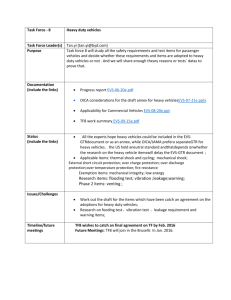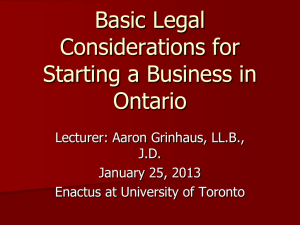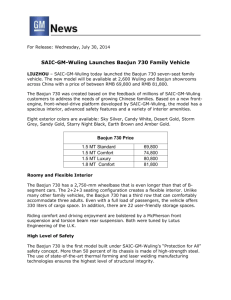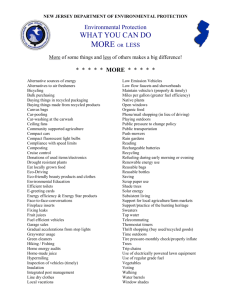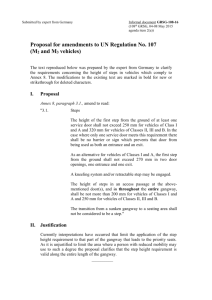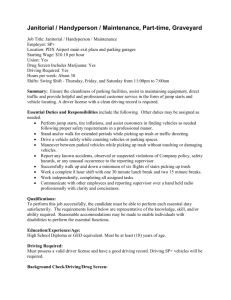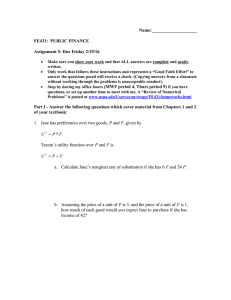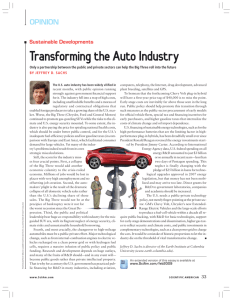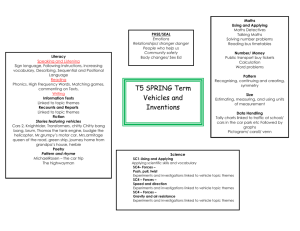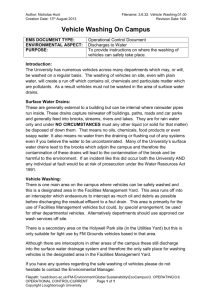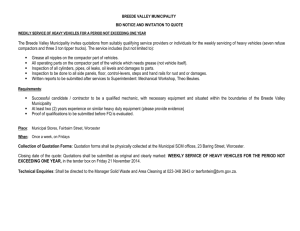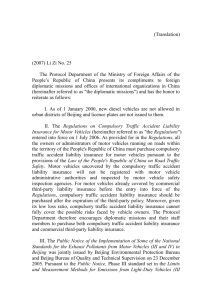Prof - Kolegia SGH
advertisement
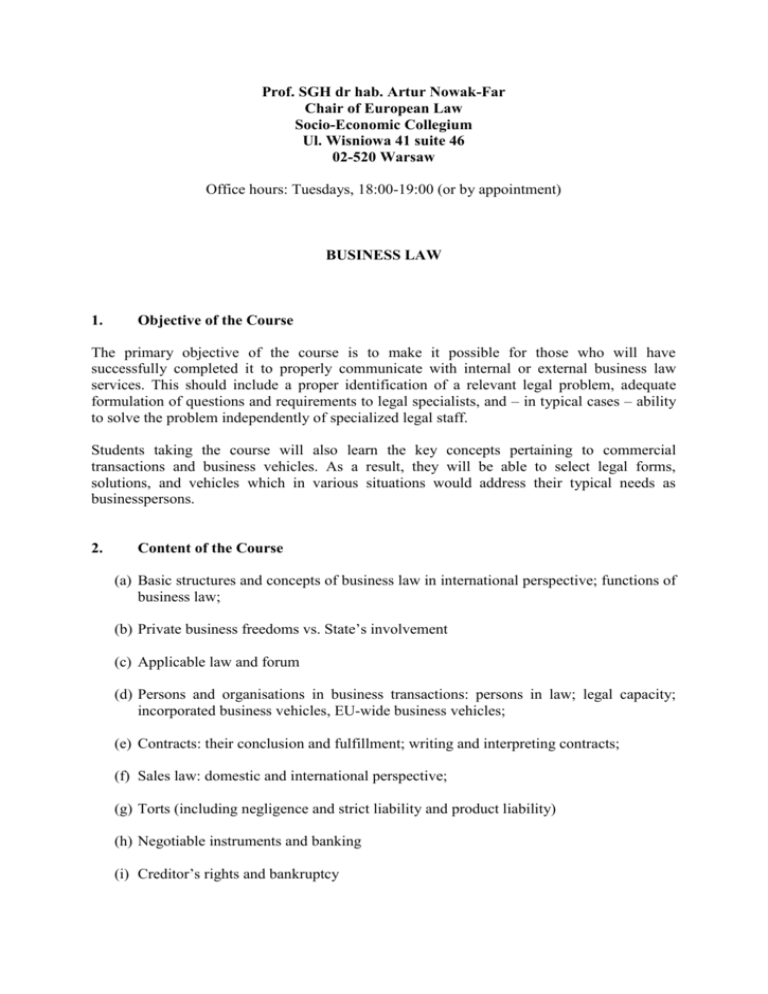
Prof. SGH dr hab. Artur Nowak-Far Chair of European Law Socio-Economic Collegium Ul. Wisniowa 41 suite 46 02-520 Warsaw Office hours: Tuesdays, 18:00-19:00 (or by appointment) BUSINESS LAW 1. Objective of the Course The primary objective of the course is to make it possible for those who will have successfully completed it to properly communicate with internal or external business law services. This should include a proper identification of a relevant legal problem, adequate formulation of questions and requirements to legal specialists, and – in typical cases – ability to solve the problem independently of specialized legal staff. Students taking the course will also learn the key concepts pertaining to commercial transactions and business vehicles. As a result, they will be able to select legal forms, solutions, and vehicles which in various situations would address their typical needs as businesspersons. 2. Content of the Course (a) Basic structures and concepts of business law in international perspective; functions of business law; (b) Private business freedoms vs. State’s involvement (c) Applicable law and forum (d) Persons and organisations in business transactions: persons in law; legal capacity; incorporated business vehicles, EU-wide business vehicles; (e) Contracts: their conclusion and fulfillment; writing and interpreting contracts; (f) Sales law: domestic and international perspective; (g) Torts (including negligence and strict liability and product liability) (h) Negotiable instruments and banking (i) Creditor’s rights and bankruptcy (j) Agency (k) Employment and labour relations (l) Competition law (including antitrust regulations and state aid) (m) Property (including property transactions, landlord-tenant law and intellectual property) (n) Wills and trusts (o) EU standards pertaining to business law revisited. 3. Group Report and Examination Students are required to prepare a group report and a relevant to it presentation (on transparencies) on one of the following topics: (a) Alternative dispute settlement in contemporary business (b) Product liability in the US and EU (c) Secure payment in international business transactions (d) Product endorsement: its forms and legal regulation (e) Advertising to sensitive groups and of sensitive products (f) Use and protection of intellectual property (g) Law concerning discrimination and maltreatment in labour relations (h) Business vehicles in the laws of … (indicate the country of your choice). Students are expected to create groups consisting of up to 5 members, select their topic and then agree with me the date of the presentation. The presentations should last 25-30 minutes (not more!) and allow for additional 15 minutes of Q&A and class discussion. The report should not exceed 8 double-spaced pages (font 12, Times New Roman). The grading for the report is uniform for all members of each group. Any student dissatisfied with her/his group performance can upgrade its own mark by writing an additional 4-pages report on one of the topics for group reports (it can be on the same or different topic as the group report). In this case no further presentation is required. The examination will have a form of a standard multiple choice tests (1 answer out of 4 offered will be correct and should be selected by students). 4. Grading The weight for the report and presentation: 40% The weight for the examination: 60% Attendance is expected but not required as a criterion for grading. 5. Textbook and materials N. Kubasek, M. N. Browne, D. J. Hebron, A. Giampetro-Meyer, L. Barkacs, L. Dhooge, C. Williamson, Dynamic Business Law, McGraw-Hill, Irwin, Boston 2009. Vienna 1980 UN Convention on Contracts for the International Sale of Goods UNIDROIT 1983 Convention on Agency in the International Sale of Goods Council Regulation on Jurisdiction and the Recognition and Enforcement of Judgements in Civil and Commercial Matters (44/2001/EEC) Handouts 6. Chapters Part One: Chapter 4, 5, 6, 8, 9, 10, 12 Part Two: Chapter 13-20 Part Three: Chapter 21-25 Part Four: Chapter 26 Part Five: Chapter 32 Part Seven: Chapter 38-40 Part Eight: Chapter 42-43 Part Nine: Chapter 45, 47







